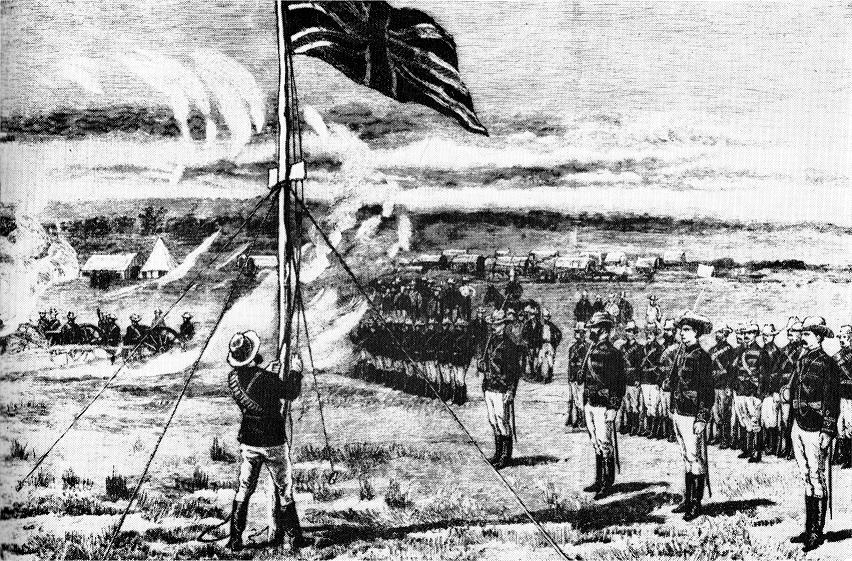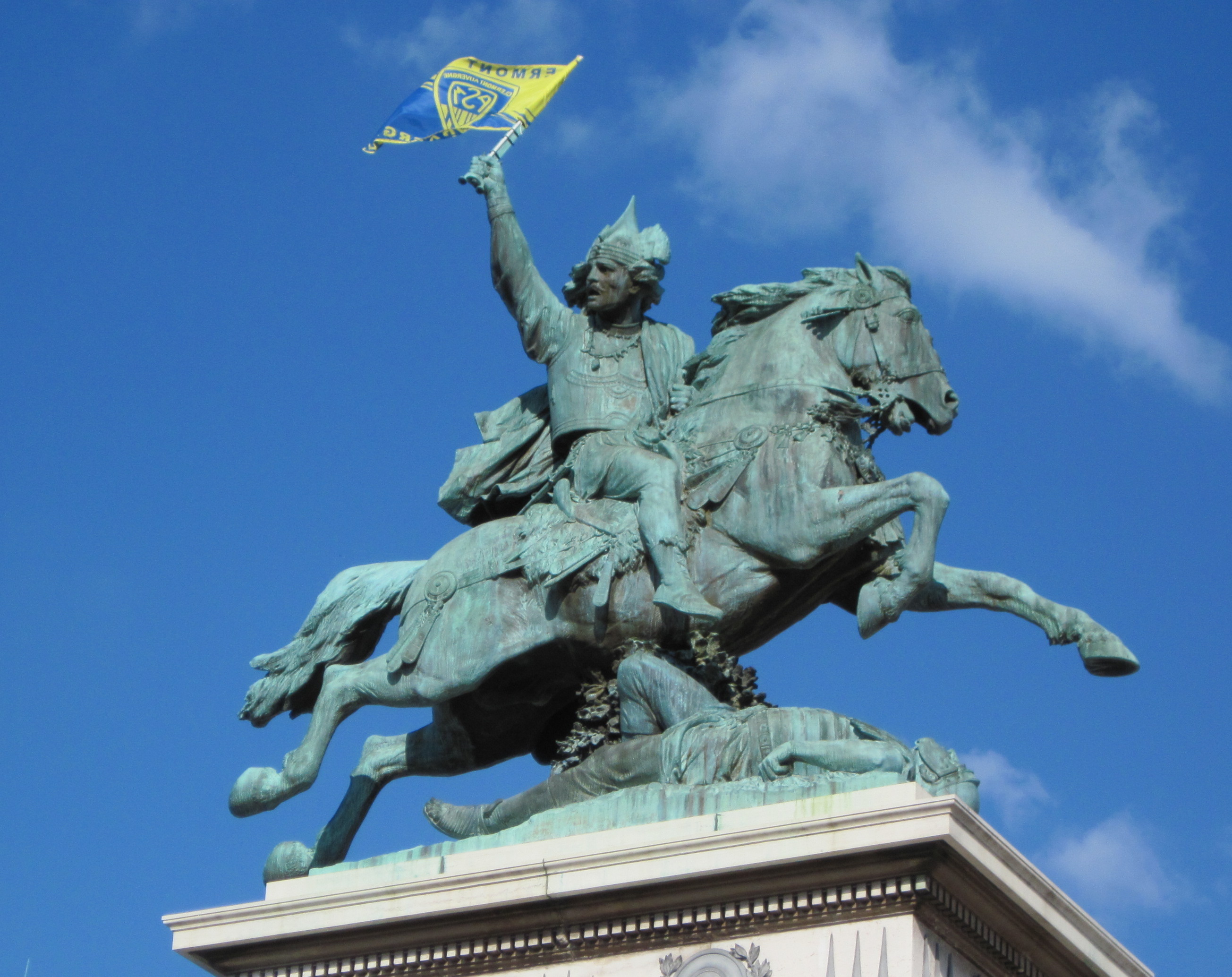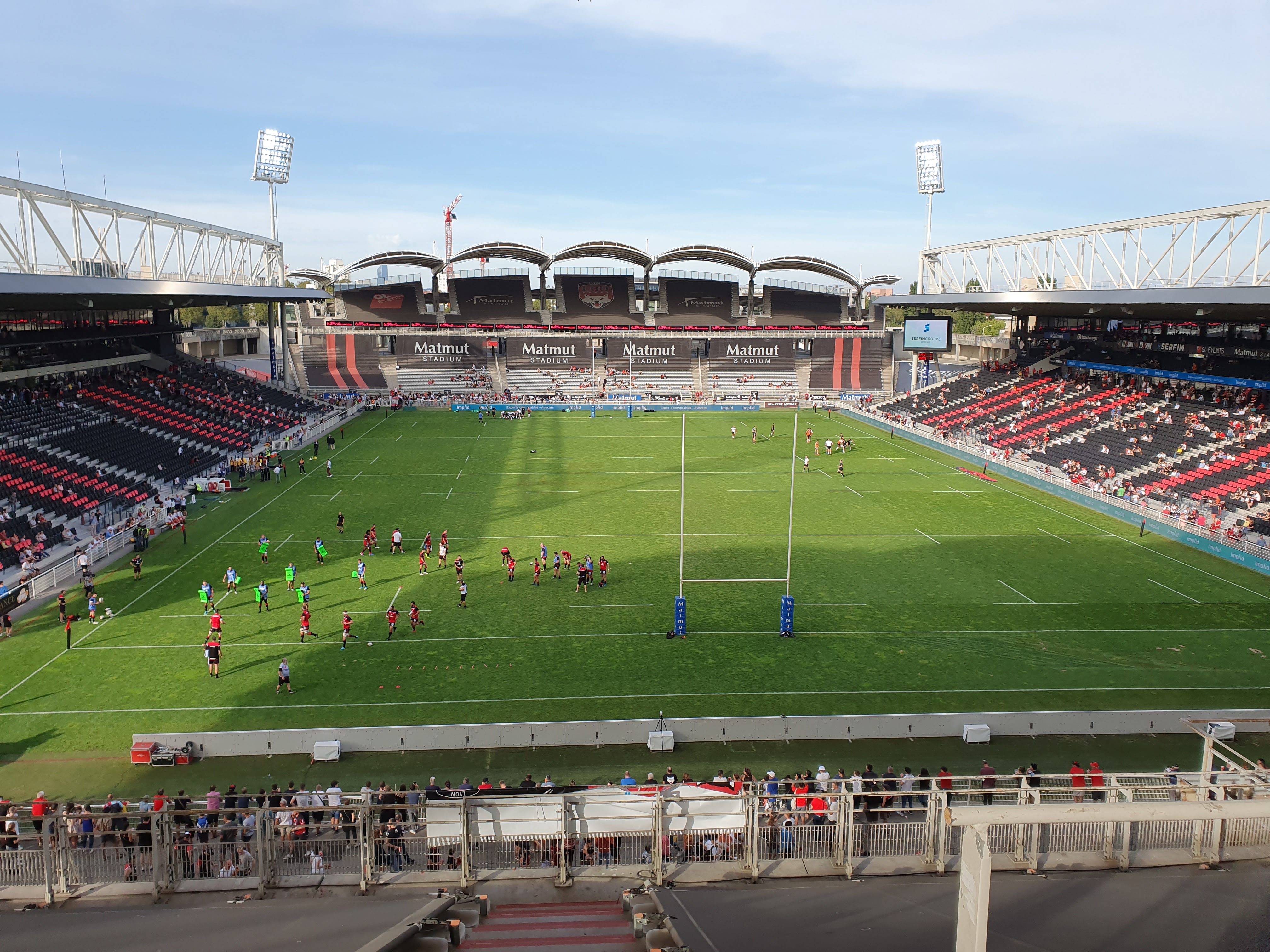|
TJ Maguranyanga
Thabani Jehiel Tawana Maguranyanga, (born 22 December 2002) commonly known as TJ Maguranyanga is a Zimbabwe, Zimbabwean professional player for ASM Clermont Auvergne in the Top 14, French Top 14. He was a member of the Golden Lions Under-18 Craven Week team in 2019. Rugby career Maguranyanga represented Zimbabwe at the Under-13 Craven Week in 2015. He went on to represent the Golden Lions at national youth competitions, playing in the Under-16 Grant Khomo Week in 2018 and Under-18 Craven Week in 2019. In 2019 he represented Zimbabwe Under-18 Sevens side at the Capricorn Group International Junior Sevens Tournament in Windhoek, Namibia. He was selected as captain for 2020. References Zimbabwean rugby union players 2002 births Living people {{Rugbyunion-bio-stub ... [...More Info...] [...Related Items...] OR: [Wikipedia] [Google] [Baidu] |
Harare
Harare (; formerly Salisbury ) is the Capital city, capital and most populous city of Zimbabwe. The city proper has an area of 940 km2 (371 mi2) and a population of 2.12 million in the 2012 census and an estimated 3.12 million in its metropolitan area in 2019. Situated in north-eastern Zimbabwe in the country's Mashonaland region, Harare is a metropolitan Harare Province, province, which also incorporates the municipalities of Chitungwiza and Epworth, Zimbabwe, Epworth. The city sits on a plateau at an elevation of above sea level and its climate falls into the subtropical highland category. The city was founded in 1890 by the Pioneer Column, a small military force of the British South Africa Company, and named Fort Salisbury after the UK Prime Minister Robert Gascoyne-Cecil, 3rd Marquess of Salisbury, Lord Salisbury. Company Company rule in Rhodesia, administrators demarcated the city and ran it until Southern Rhodesia achieved responsible government in 1923. Salisb ... [...More Info...] [...Related Items...] OR: [Wikipedia] [Google] [Baidu] |
Zimbabwe
Zimbabwe (), officially the Republic of Zimbabwe, is a landlocked country located in Southeast Africa, between the Zambezi and Limpopo Rivers, bordered by South Africa to the south, Botswana to the south-west, Zambia to the north, and Mozambique to the east. The capital and largest city is Harare. The second largest city is Bulawayo. A country of roughly 15 million people, Zimbabwe has 16 official languages, with English, Shona language, Shona, and Northern Ndebele language, Ndebele the most common. Beginning in the 9th century, during its late Iron Age, the Bantu peoples, Bantu people (who would become the ethnic Shona people, Shona) built the city-state of Great Zimbabwe which became one of the major African trade centres by the 11th century, controlling the gold, ivory and copper trades with the Swahili coast, which were connected to Arab and Indian states. By the mid 15th century, the city-state had been abandoned. From there, the Kingdom of Zimbabwe was established, fol ... [...More Info...] [...Related Items...] OR: [Wikipedia] [Google] [Baidu] |
St Stithians College
ST, St, or St. may refer to: Arts and entertainment * Stanza, in poetry * Suicidal Tendencies, an American heavy metal/hardcore punk band * Star Trek, a science-fiction media franchise * Summa Theologica, a compendium of Catholic philosophy and theology by St. Thomas Aquinas * St or St., abbreviation of "State", especially in the name of a college or university Businesses and organizations Transportation * Germania (airline) (IATA airline designator ST) * Maharashtra State Road Transport Corporation, abbreviated as State Transport * Sound Transit, Central Puget Sound Regional Transit Authority, Washington state, US * Springfield Terminal Railway (Vermont) (railroad reporting mark ST) * Suffolk County Transit, or Suffolk Transit, the bus system serving Suffolk County, New York Other businesses and organizations * Statstjänstemannaförbundet, or Swedish Union of Civil Servants, a trade union * The Secret Team, an alleged covert alliance between the CIA and American industr ... [...More Info...] [...Related Items...] OR: [Wikipedia] [Google] [Baidu] |
Fullback (rugby Union)
In the game of rugby union, there are 15 players on each team, comprising eight forwards (wearing jerseys numbered 1–8) and seven backs (numbered 9–15). In addition, there may be up to eight replacement players "on the bench", numbered 16–23. Players are not restricted to a single position, although they generally specialise in just one or two that suit their skills and body types. Players that play multiple positions are called "utility players". Forwards compete for the ball in scrums and Line-out (rugby union), line-outs and are generally bigger and stronger than the backs. Props push in the scrums, while the hooker tries to secure the ball for their team by "hooking" it back with their heel. The hooker is also the one who is responsible for throwing the ball in at line-outs, where it is mostly competed for by the locks, who are generally the tallest players on the team. The flankers and number eight are expected to be the first players to arrive at a breakdown and play ... [...More Info...] [...Related Items...] OR: [Wikipedia] [Google] [Baidu] |
Golden Lions
The Golden Lions (currently known as the Sigma Golden Lions for sponsorship reasons) is a South African professional rugby union team based in Johannesburg who compete in the annual Currie Cup and Rugby Challenge. The team is governed by the Golden Lions Rugby Union (GLRU), and was originally known as Transvaal (after Transvaal Province), before changes to the political landscape in South Africa forced a name change to the Gauteng Lions, before again being changed to the Golden Lions. The GLRU also operates the associated United Rugby Championship franchise , which also draw players from Griquas. History The Transvaal Rugby Football Union, with its headquarters in Johannesburg, was formed in 1889 after delegates from different clubs in the region decided to form a united rugby union to look after the well-being of the clubs. Prominent clubs involved in the process were Pirates, Wanderers, Pretoria, Potchefstroom and Kaffrarians. The first elected president was Bill Taylor (b ... [...More Info...] [...Related Items...] OR: [Wikipedia] [Google] [Baidu] |
ASM Clermont Auvergne
Association Sportive Montferrandaise Clermont Auvergne () is a French rugby union club from Clermont-Ferrand in Auvergne-Rhône-Alpes that currently competes in Top 14, the top level of the French league system. Clermont are two times French champions in 2009-10 and 2016-17. The rugby section is a part of a multi-sport club called AS Montferrand (also known as ASM Omnisports), which was founded in 1911 and adopted that name in 1919. Although the rugby section changed its name to the current ASM Clermont Auvergne in 2004, it is still frequently referred to as Montferrand both within and outside France. The team play at the 19,022-seat Parc des Sports Marcel Michelin, also known by its nickname, The Bib Park. Clermont wear yellow and blue, the colours of the French tyre manufacturer Michelin, taken from the colours of Montferrand when the firm was created there in 1889. The city is where Marcel Michelin, the son of the founder of the French tyre manufacturer, decided to impl ... [...More Info...] [...Related Items...] OR: [Wikipedia] [Google] [Baidu] |
Top 14
The Top 14 () is a professional rugby union club competition that is played in France. Created in 1892, the Top 14 is at the top of the national league system operated by the French National Rugby League, also known by its French initialism of LNR. There is promotion and relegation between the Top 14 and the next level down, the Rugby Pro D2. The fourteen best rugby teams in France participate in the competition, hence the name Top 14. The competition was previously known as the Top 16. The league is one of the three major professional leagues in Europe (along with the English Premiership and the United Rugby Championship, which brings together top clubs from Ireland, Wales, Scotland, Italy and South Africa), from which the most successful European teams go forward to compete in the European Rugby Champions Cup, the pan-European championship which replaced the Heineken Cup after the 2013–14 season. The first ever final took place in 1892, between two Paris-based sides, ... [...More Info...] [...Related Items...] OR: [Wikipedia] [Google] [Baidu] |
Craven Week
The Craven Week is an annual rugby union tournament organised for schoolboys in the Republic of South Africa. The tournament started in July 1964, and is named after the legendary Springbok rugby union player and coach Dr Danie Craven. The tournament has its humble beginnings in an idea by Piet Malan, then Springbok flanker, in 1949, around the time of the South African Rugby Board's 75th anniversary. He wanted schools to feature in the celebrations and approached Danie Craven in Potgietersrus on how this could be done. Dr Craven took the idea to his board who decided on getting the 15 schools unions together for a week. The man who kept the idea alive however was one Jan Preuyt, a former student at the University of Stellenbosch and teacher at Port Rex Technical School in East London. Preuyt had played rugby for Griqualand West and was also the chairman of Border Schools. At the time there was no such thing as a South African Schools organisation, and the South African ... [...More Info...] [...Related Items...] OR: [Wikipedia] [Google] [Baidu] |
Zimbabwean Rugby Union Players
Zimbabwe (), officially the Republic of Zimbabwe, is a landlocked country located in Southeast Africa, between the Zambezi and Limpopo Rivers, bordered by South Africa to the south, Botswana to the south-west, Zambia to the north, and Mozambique to the east. The capital and largest city is Harare. The second largest city is Bulawayo. A country of roughly 15 million people, Zimbabwe has 16 official languages, with English, Shona, and Ndebele the most common. Beginning in the 9th century, during its late Iron Age, the Bantu people (who would become the ethnic Shona) built the city-state of Great Zimbabwe which became one of the major African trade centres by the 11th century, controlling the gold, ivory and copper trades with the Swahili coast, which were connected to Arab and Indian states. By the mid 15th century, the city-state had been abandoned. From there, the Kingdom of Zimbabwe was established, followed by the Rozvi and Mutapa empires. The British South Africa Co ... [...More Info...] [...Related Items...] OR: [Wikipedia] [Google] [Baidu] |


